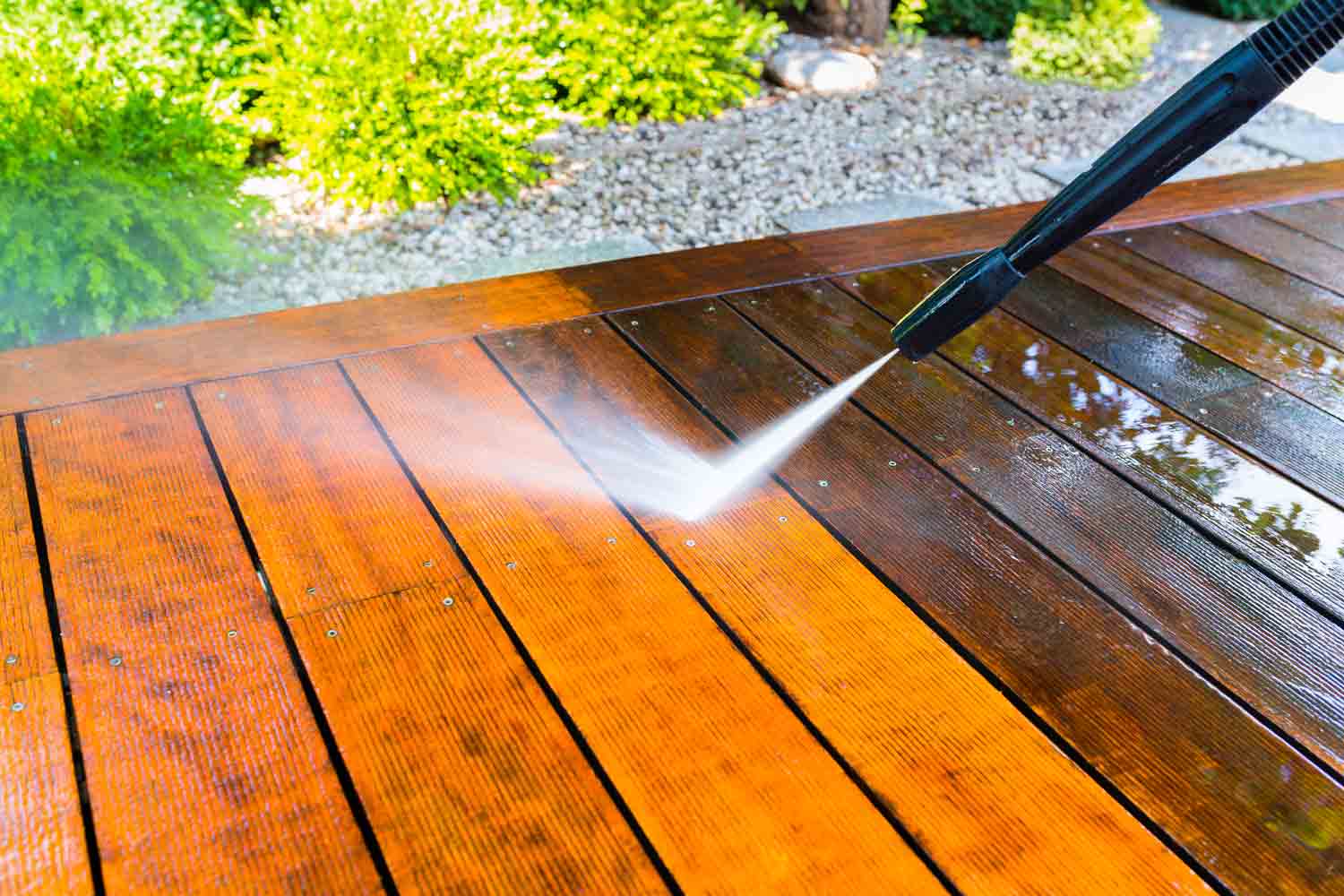Efficient Methods for Graffiti Elimination That Restore Surface Areas to Their Original State
The obstacle of graffiti removal is complex, requiring an understanding of different graffiti types and one of the most efficient methods for reconstruction. From chemical remedies that deal with details paint make-ups to push cleaning methods that preserve the integrity of surface areas, each approach has its qualities. Additionally, the increase of eco-friendly alternatives provides an engaging instance for eco mindful methods in this field. As we explore these methods, it becomes necessary to consider not only their effectiveness however additionally their more comprehensive effects on remediation efforts and community appearances. What strategies will ultimately prove most reliable?
Understanding Graffiti Types
Recognizing the diverse types of graffiti is vital for effective removal techniques. Graffiti can be broadly classified right into numerous kinds, each needing different strategies for removal. One of the most usual kinds include throw-ups, tags, and murals. Tags are the simplest kind, including a stylized signature or logo design, frequently developed swiftly with spray paint or pens. Their relatively tiny dimension can make them easier to remove yet can still pose obstacles relying on the surface.
Throw-ups are much more complex and normally entail bigger, bubble-like text loaded with a single shade. These pieces can cover extra location and may necessitate different removal techniques contrasted to tags. Murals, on the other hand, are detailed artworks that can be fairly big and in-depth, frequently commissioned or created with permission. The removal of murals offers unique challenges due to the potential for damage to the underlying surface and the creative worth.
Recognizing these distinctions is critical for picking the right methods and materials for efficient graffiti elimination. Each type not only differs in its aesthetic impact however likewise in the techniques that will be most reliable in restoring surface areas to their initial problem.
Chemical Elimination Approaches
When dealing with graffiti elimination, chemical approaches are usually the most effective and reliable approach for numerous surface areas. These methods utilize specialized solutions developed to break down the chemical bonds in graffiti, making it simpler to eliminate without damaging the underlying material.

It is important to choose a chemical eliminator that works with the surface area being treated to avoid damages. Evaluating the item on a small, low-profile area prior to extensive application is suggested. Additionally, proper safety equipment, such as masks and gloves, must be worn to make sure safety throughout the elimination procedure.
As soon as the graffiti has actually been dissolved, it is vital to completely wash the surface area to eliminate any type of chemical deposit, which can result in staining or destruction over time (Graffiti Removal in Euclid). Generally, chemical removal techniques offer an effective service for bring back surfaces to their initial state while minimizing potential injury
Stress Cleaning Techniques
While chemical removal methods are highly efficient, stress washing offers a different technique for graffiti elimination that can be equally reliable, particularly on sturdy surfaces. This approach makes use of high-pressure water jets to remove and remove graffiti from different materials, such as concrete, block, and metal.
The efficiency of pressure washing joints on numerous variables, including the pressure setup, nozzle kind, and the range from which the water is used. Usually, a stress range of 2,000 to 3,000 PSI is advised for the majority of surfaces, but adjustments may be essential depending on the substrate's sensitivity. Using a follower spray nozzle can aid cover bigger locations successfully while minimizing the danger of damaging the underlying material.
Prior to press cleaning, it is necessary to assess the graffiti's composition. On the whole, stress cleaning is an effective tool in the graffiti elimination collection.

Eco-Friendly Solutions
Several individuals and companies are progressively looking for environment-friendly remedies for graffiti removal, acknowledging the value of lessening environmental influence. Conventional graffiti removal approaches usually include rough chemicals that can be harmful to both the environment and public wellness. In comparison, environment-friendly options make use of non-toxic and naturally degradable materials that efficiently remove graffiti without causing damage to surfaces or launching dangerous substances right into the ambience.
One reliable strategy is using natural solvents, such as citrus-based cleansers, which harness the power of plant-derived ingredients to damage down paint without leaving poisonous residues. In addition, cooking soda and vinegar combinations can offer as gentle abrasives that raise graffiti while being safe for the atmosphere.
Another innovative approach is employing environment-friendly pressure washing systems that utilize less water and power compared to traditional methods. These systems typically incorporate specialized nozzles and eco-conscious detergents that improve efficacy while decreasing waste.
Preventative Procedures
Preventative actions play a critical duty in combating graffiti vandalism and decreasing its incident. By implementing calculated methods, residential more information or commercial property owners and communities can prevent potential wrongdoers and lower the costs linked with graffiti elimination.
One effective strategy is making use of anti-graffiti finishes, which produce a protective layer on surface areas, making it challenging for paint to adhere. These coatings can be colored or clear, enabling the initial visual to remain undamaged while offering a protect versus criminal damage. Additionally, the setup of surveillance cams in risky locations can function as a deterrent, as the visibility of keeping an eye on modern technology may dissuade prospective culprits.
Neighborhood interaction is additionally vital; organizing community watch programs or graffiti clean-up events promotes a feeling of ownership and satisfaction among citizens. Educational initiatives in institutions can raise awareness about the negative impacts of graffiti, advertising regard for exclusive and public building.
Verdict
In conclusion, the reliable elimination of graffiti needs a complex method that takes into consideration the type of graffiti and the surface area material. A comprehensive understanding of these techniques is important for accomplishing optimal results in graffiti removal endeavors.
